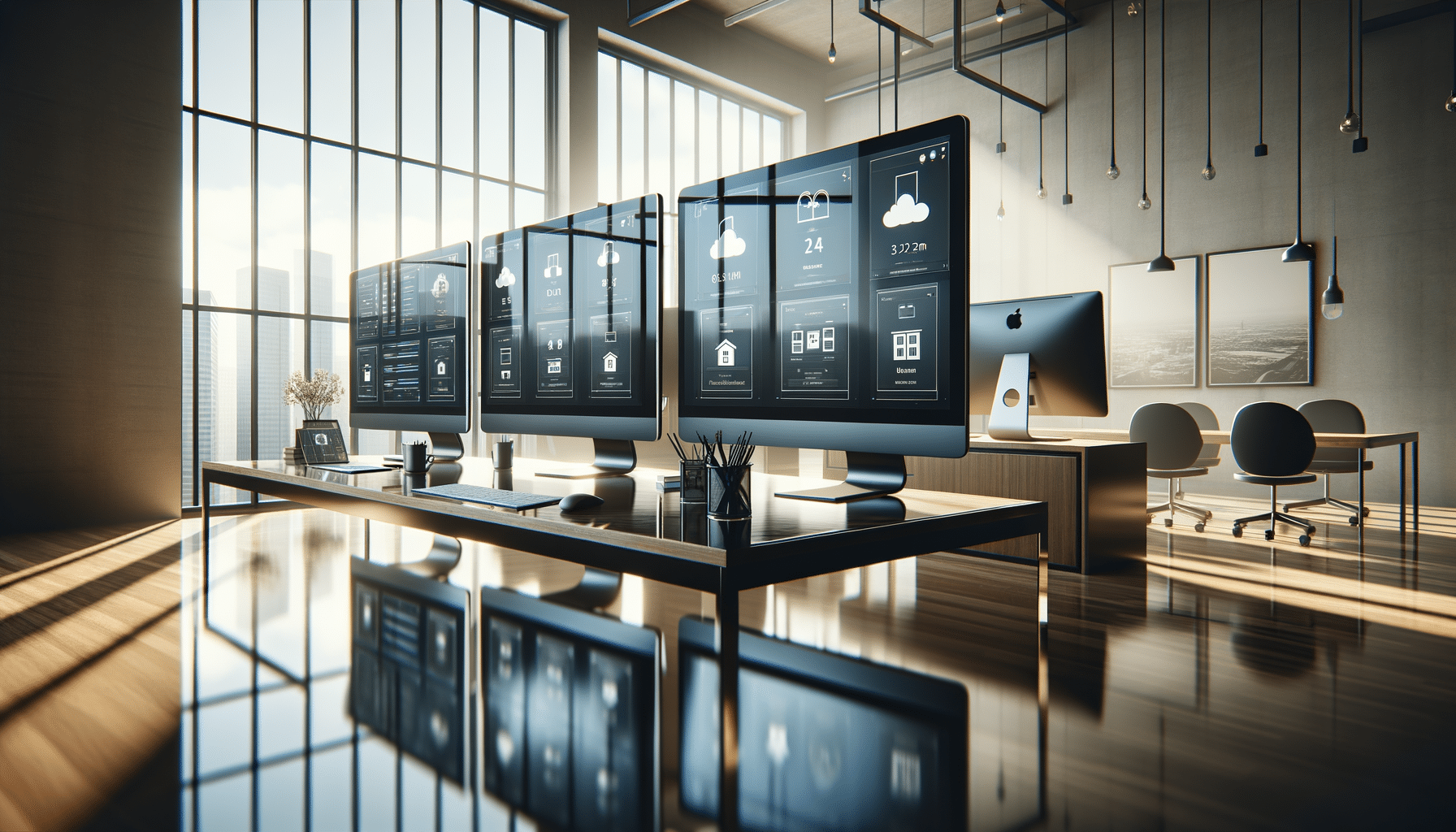
Roof Waterproofing: Ensuring Durability and Protection
Introduction to Roof Waterproofing
Roof waterproofing is an essential aspect of building maintenance that ensures the longevity and integrity of a structure. By protecting the roof from water ingress, waterproofing prevents a myriad of problems, such as mold growth, structural damage, and energy inefficiency. Given the critical role it plays, understanding the best practices and materials for roof waterproofing is vital for homeowners and property managers alike.
The Importance of Roof Waterproofing
Water intrusion is one of the most common causes of damage in buildings. Roof waterproofing acts as a protective barrier that prevents water from penetrating the structure. This is particularly important in areas with high rainfall or harsh weather conditions. Without adequate waterproofing, roofs can suffer from leaks, which may lead to costly repairs and potential health hazards due to mold and mildew growth. Furthermore, a well-waterproofed roof contributes to the overall energy efficiency of a building by maintaining a stable internal climate.
Types of Roof Waterproofing Materials
There are various materials available for roof waterproofing, each with its unique properties and applications. Some of the most commonly used materials include:
- Bituminous Membrane: Known for its durability and effectiveness, this material is often used in flat roof waterproofing.
- Liquid Waterproofing Membrane: A flexible solution that can be applied directly to the roof surface, providing seamless coverage.
- Polyurethane Liquid Membrane: Highly elastic, this material is ideal for complex roof structures and offers excellent water resistance.
Choosing the right material depends on several factors, including the type of roof, climate conditions, and budget constraints.
Steps in Roof Waterproofing
The process of roof waterproofing involves several critical steps to ensure optimal protection:
- Inspection: Assess the current state of the roof to identify any existing damage or potential problem areas.
- Surface Preparation: Clean the roof surface thoroughly to remove debris, dirt, and any previous coatings that might interfere with the new waterproofing layer.
- Application: Depending on the chosen material, apply the waterproofing layer according to the manufacturer’s instructions, ensuring even coverage and attention to detail around edges and joints.
- Curing: Allow the waterproofing material to cure fully before exposing it to weather conditions, ensuring a robust and durable layer.
Proper execution of these steps is crucial for achieving a long-lasting waterproof roof.
Maintenance and Long-Term Benefits
Regular maintenance of a waterproofed roof is essential to preserve its functionality and extend its lifespan. This includes routine inspections, cleaning, and timely repairs of any damage. The benefits of maintaining a well-waterproofed roof are substantial, offering peace of mind, reduced repair costs, and enhanced property value.
Moreover, investing in quality waterproofing solutions can lead to significant savings on energy bills by improving insulation and reducing heat loss. In the long run, a well-maintained waterproof roof adds to the comfort and safety of the building’s occupants, making it a worthwhile investment.


